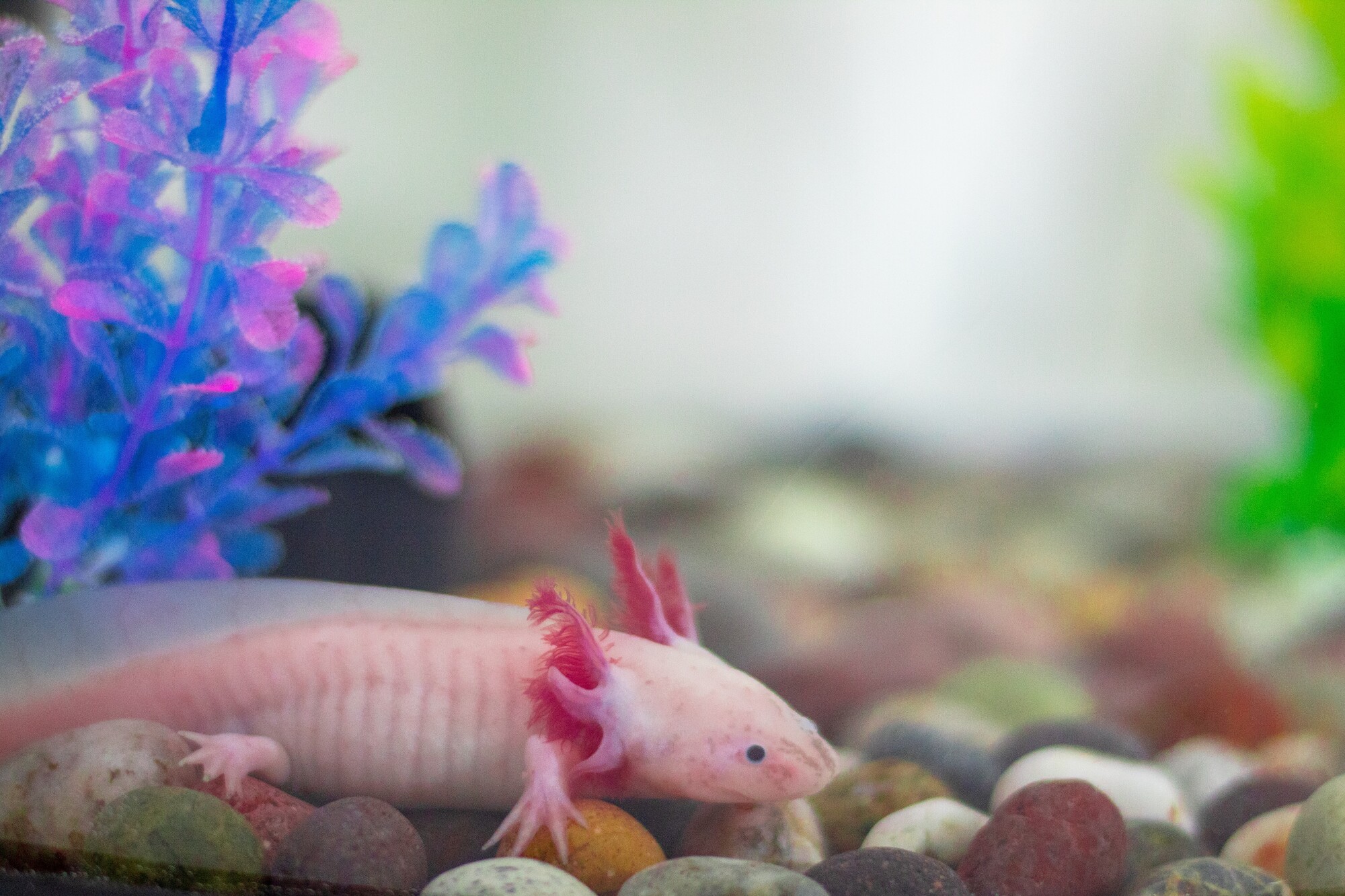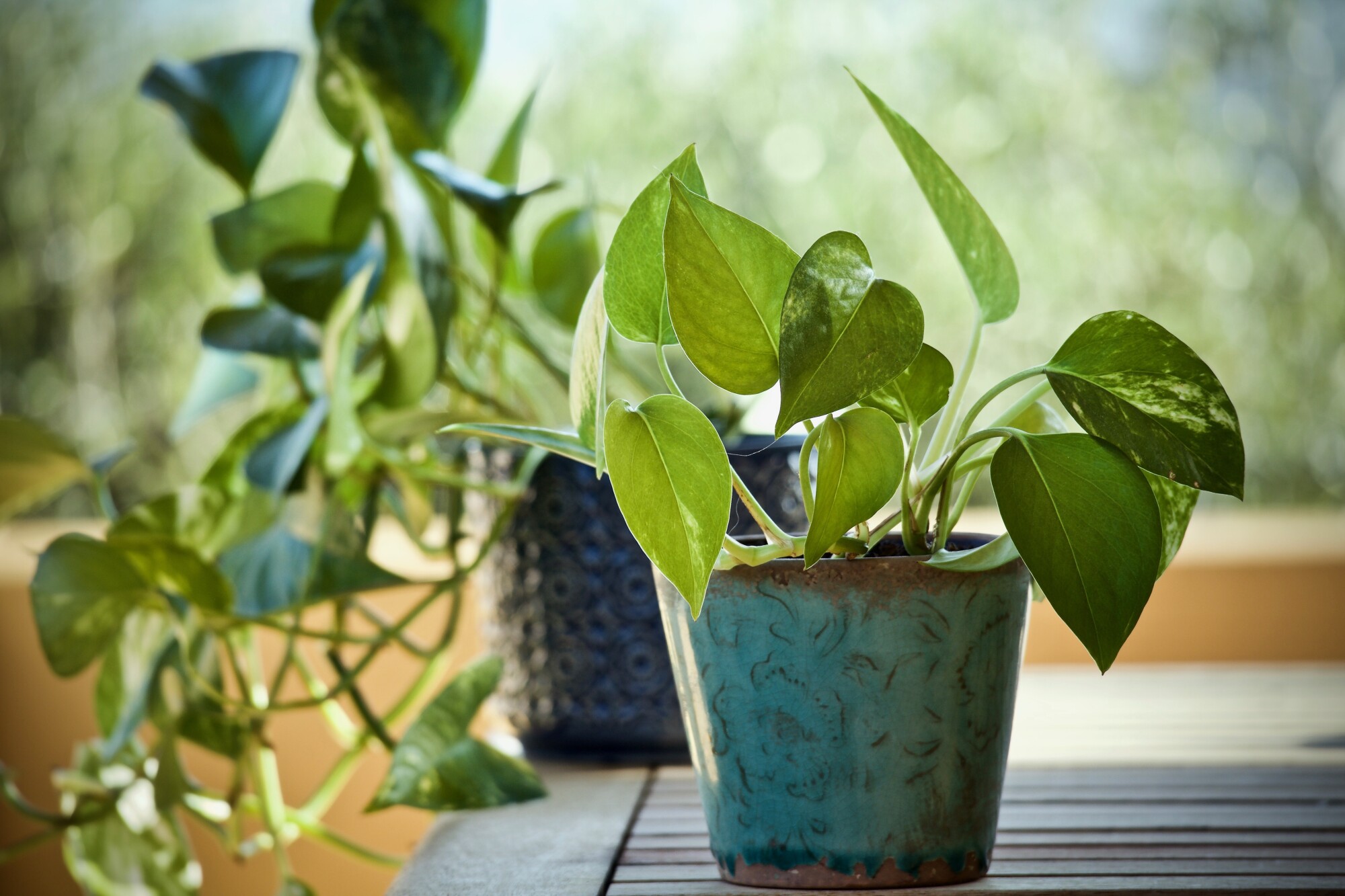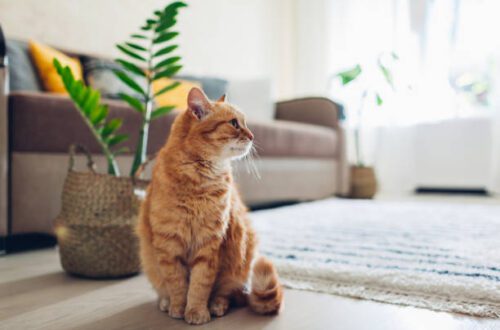Are you looking for a new, unique pet to add to your family? You might want to consider an axolotl.
This little amphibian has become an increasingly popular pet choice. But what exactly is an axolotl? And how long do axolotls live?
In this axolotl guide, we’ll explore the most important axolotl tips you need to know. We’ll also break down the axolotl lifespan, so you know what to expect if you choose to get one of your very own.
What Are Axolotls?
An axolotl is a small salamander. Axolotls spend their entire lives underwater, starting as an egg and reaching full maturity after about a year.
Native to Mexico City, axolotls are almost extinct in their natural habitat. However, plenty of axolotls exist as unique, exotic pets around the globe!
Axolotls are relatively easy to care for, super cute, and friendly!
How Long Do Axolotls Live?
Generally, axolotls will live around 10-15 years in captivity. However, some of the most well cared for axolotls may live up to 20 years or more.
Axolotls usually won’t live quite as long as other salamanders. This is largely because of their small size. However, if you’re considering one as a pet, they may live longer than you might think.
A startlingly resilient creature, axolotls can actually regrow limbs. In some cases, they can even regrow certain organs.
Lifespan in Captivity vs. The Wild
Typically, axolotls live longer in captivity than in the wild. Where they may live 10-15 years as a pet, they usually live about 5-10 years in the wild.
This shortened lifespan is largely the result of the variety of threats in the axolotl’s natural habitat. Some of these threats include:
- Predators
- Illnesses
- Habitat destruction or pollution
However, you must be certain you’re ready to care for your axolotl before adopting one. Some people may buy them as an impulse purchase without being ready to provide them with the care they need.
Remember, an axolotl can live a surprisingly long time, so you shouldn’t take adopting one lightly! But, if you are ready to adopt an axolotl of your very own, check the live axolotls found here.
What Are the Biggest Threats to Axolotls?
The biggest reasons axolotls are virtually extinct in the wild are habitat destruction and their natural inability to fight off predators. Axolotls are slow, gentle creatures with no teeth or claws. Invasive species have taken advantage of this fact.
Pollution in the waters surrounding Mexico City has also destroyed much of the axolotl’s natural habitat.
Additionally, the small gene pool in the axolotls’ natural habitat is dwindling, leading to inbreeding. This can cause a variety of health problems, such as tumors, parasites, and bacterial build-up.
Luckily, captive axolotl breeding is helping to expand the gene pool. But, captive axolotls still must fight against poor care conditions, which is the number one cause of captive axolotl death.
Adopt an Axolotl Baby of Your Very Own
Now you know the answer to the question “how long do axolotls live?” This can help you decide if these incredible creatures are the right pet for you. These sweet, unique animals can be the perfect addition to any home that is ready to care for them.
Check out our Pets section for more tips on how to raise your lovely new friends!






